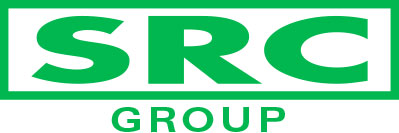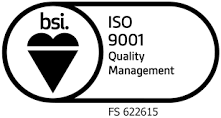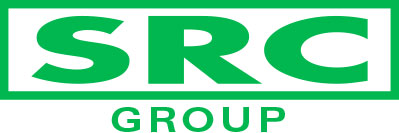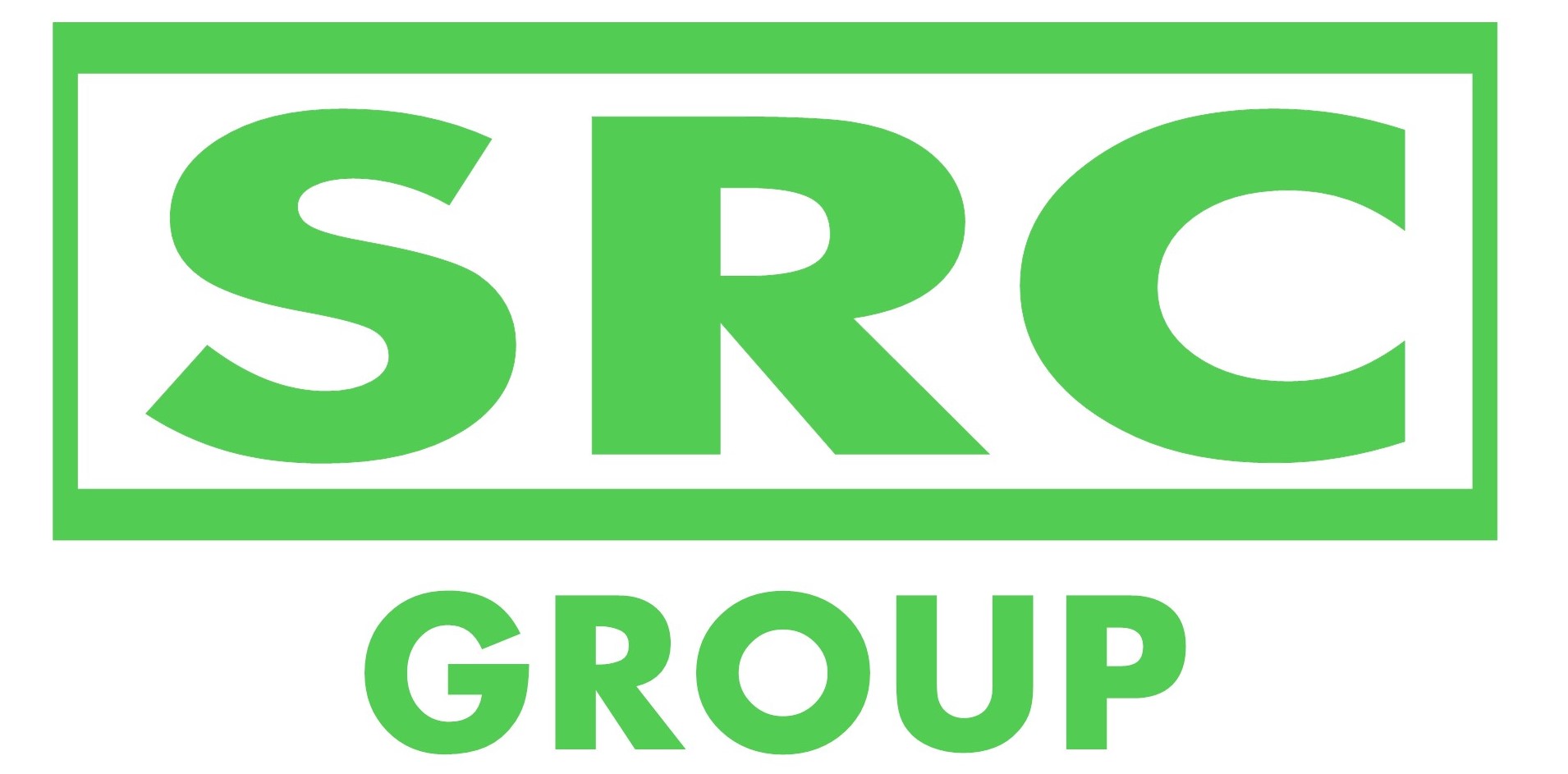Information
-
Document No.
-
Audit Title
-
Client / Site
-
Conducted on
-
Prepared by
-
Location
-
Personnel
-
This document has been structures to reflect the Management System and Operating Techniques currently in use at SRC. Section numbers reflect the numbering in the MS&OT document.
2.0 Landfill Waste Types
-
2.2. Is the incoming waste sent to the inspection area for determination prior to going to landfill?
-
2.2.1 Is the waste checked in accordance of section 2.2.1 of the manual?
-
2.2.4 Has the incoming waste tonnage been limited to below the annual quantity allowed (currently 400,000 tonnes)
3.0 Waste Acceptance.
-
3.1.1 Has it been established that the waste incoming, presents no unacceptable risk or emissions to groundwater, surface water and the surrounding environment?
-
3.1.2 That there is no unacceptable risk to human health?
3.2 Waste Pre-Acceptance Procedures.
-
3.2 Can it be established that all loads incoming, are recorded and can be traced back to their origin?
-
Add media
-
3.2.1 Can it be established that Level 1, Level 2 and Level 3 testing is undertaken, if deemed necessary, in accordance with the MS&OT standard?
-
3.2.5 In the event that contamination is suspected, is it tested in accordance with Table 3-1 and 3-2 of the manual?
-
Add media
3.3 Pre-Treatment.
-
3.3 Does all waste, that is technically feasible, undergo Pre-Treatment in accordance with the Landfill Directive of the 30th October 2007?
-
Add media
3.4 Weighbridge Procedures.
-
3.4.3 Does the weighbridge identify the waste by referencing the Duty of Care Transfer Note, Verbal Confirmation from the driver and a Visual Examination of all the waste?
-
Add media
-
3.4.4 Does the weighbridge operator, in conjunction with the site manager, have the authority to reject any incoming waste.
-
3.4.5 Are weighbridge tickets, manual tickets and disposal record sheets retained for a minimum of six months?
-
3.4.6 Are Duty of Care ticket retained for a minimum period of 5 years?
-
Add media
3.5 Waste storage and handling prior to final deposit.
-
3.5 Are all restoration materials stored and handled in accordance with the planning consent?
-
Add media
3.6 Visual Inspection of Wastes.
-
3.6 Once waste is discharged, does the plant operator check the waste, in case something has been overlooked at the weighbridge, and proceed in accordance with section 3.6 in the MS&OT manual?
-
Add media
3.7 Rejection & Quarantine procedures.
-
3.7 Are the Rejection and Quarantine procedure strictly followed in the event of non-conforming waste being presented to site?
-
Add media
-
3.7 Are records being maintained in relation to non-conforming material, in line with section 3.7 of the MS&OT manual?
-
Add media
3.8 Recording Methods.
-
3.8.1 For all accepted waste on site, is the following detailed?<br><br>Date of delivery.<br>Waste Quantity.<br>Waste Description and EWC classification code.<br>Waste Producer & Carrier.<br>If undertaken, results of basic characterisation testing; and<br>If undertaken, method of pre-treatment including written confirmation form the waste producer.
-
Add media
4.0 Engineered Containment System.
4.2 Landfill Phasing.
-
4.2.1 Is the land-filling of the quarry being undertaken in accordance with drawing ESID6a to 6c?
-
Add media
5.0 Waste deposit and Emplacement.
-
5.1 Management & Operational techniques.
-
5.1.1 Is the working area planned in such a way to allow the safe movement and discharge of vehicles and plant, including sufficient signage to the operational area?
-
Add media
5.2 Waste Stability.
-
5.2.1 Are operation techniques being employed in accordance with the Stability Risk Assessment (Ref: 412-2934-00004/SRA)?
-
Add media
-
5.2.2 Are control measures being employed to reduce and minimise the effects of adverse weather conditions?
-
Add media
-
5.2.3 Are the following items of plant available on the landfill?<br>Bulldozer.<br>Dump Truck, and<br>Excavator.
-
Add media
5.2.6 General Waste Discharge & Placement Procedure.
-
5.2.6 Are the tipping rules in the MS&OT in the manual being followed?
-
Add media
5.2.7 Handling & Disposal of Dusty Waste.
-
5.2.7 Is dusty waste being handled in accordance with the rules laid out in the MS&OT Manual?
-
Add media
5.3 Records
-
5.3 Is a site log being used to record any incidents that occur during the discharge and emplacement process, including action taken in the event of unauthorised waste?
-
Add media
7.0 Surface Water Management.
7.2 Control Strategies.
-
7.2 Is the Temporary Surface Water being managed in accordance with drawing ESID9?
-
Add media
-
7.2.1 Are checks being carried out when the boreholes are monitored, and findings recorded and reported to the site manager, and any defects if found, actioned within 7 days?
-
Add media
-
7.2.2 Is there sufficient provision for the water outlet to be blocked off, if contamination is found?
-
Add media
-
7.3 Are the water monitoring points in accordance with Drawing ESID8?
-
7.4 Is the surface water being monitored in accordance with section 7.4 of the MS&OT manual?
-
Add media
7.5 Assessment and Compliance Limits & Contingency Plans.
-
7.5.1 Are the limits for Assessment and Compliance set at an appropriate level?
-
Add media
-
7.5.2 Is the Contingency Action Plan, table 7-1 in the MS&OT manual, being followed, if an event occurs?
-
Add media
7.6 Monitoring Methodology.
-
Is monitoring being carried out in line with Section 7.6.1 in the MS&OT manual?
-
Add media
7.7 Data Management & Reporting.
-
Is Data Management being carried out in line with Section 7.7 of the MS&OT manual?
-
Is the data being reported to the Environment Agency at an agreed frequency, on at least annually?
-
Add media
7.8 Quality Assurance.
-
Is surface water monitoring being undertaken in accordance with the monitoring procedure outlined in table 7- 1 of the MS&OT manual?
-
Add media
-
Are the persons undertaking the monitoring trained in the task, and can their training records be produced?
-
Add media
-
Is a UKAS Accredited laboratory undertaking the surface water quality analysis, and can their accreditation be found? Is it current?
-
Add media
-
Has the monitoring equipment been serviced and maintained in line with the manufacturers recommendations?
-
Add media
8.0 Groundwater Monitoring.
8.2 Location Design and Construction of Monitoring Points.
-
Are the monitoring points in the locations shown in Drawing ESID8?
-
Add media
-
Can they be identified easily on site, and are they lockable?
-
Add media
8.3 Monitoring Measurements and Schedules.
-
Are the measurements and schedules being undertakes in line with the requirements of |Section 8.3 of the MS&OT Manual?
-
Add media
8.4 Control and Trigger Levels and Contingency Plans.
-
8.4.1 Are control levels being monitored, and then used to:<br>Highlight variations between conceptual model(i.e. assumed behaviour) and observed conditions.<br>Identify unambiguous adverse trends which are indicative of contaminants.<br>Allow for variation in natural water quality from baseline conditions, and;<br>Give sufficient time to take corrective or remedial action before trigger levels are breached.
-
Are trigger levels being monitored to implement the requirements in Section 8.4.1 of the MS&OT Manual?
-
Add media
8.4.2 Contingency Action Plan.
-
In the event that control and trigger levels are breached, are the action required in Table 8-1 sufficient and appropriate?
-
In the event that control and trigger level has been breached, have the actions listed in Table 8-1 been followed?
-
Add media
8.5 Monitoring Methodology.
-
8.5.1 Are Pre-Monitoring checks carried out in accordance to Section 8.5.1 in the MS&OT Manual.
-
Add media
-
8.5.2 Are records being made and retained in accordance with Section 8.5.2 in the MS&OT Manual?
-
Add media
-
8.5.3 Is the Monitoring Procedure being strictly followed as described in Section 8.5.3 in the MS&OT Manual?
-
Add media
-
8.6 Is Data Management being carried out in line with Section 8.6 of the MS&OT manual?
-
Is the data being reported to the Environment Agency at an agreed frequency, on at least annually?
-
Add media
-
8.7.1 Is ground water monitoring being undertaken in accordance with an agreed Construction Quality Assurance plan, agreed with the Environment Agency?
-
Are those engaged in the sampling of Drill Arisings and Monitoring, accredited and trained sufficiently for the task?
-
Add media
-
8.7.2 Is Groundwater Monitoring being undertaken in line with Section 8.5 of the MS&OT Manual?
-
Are the persons undertaking the monitoring trained in the task, and can their training records be produced?
-
Add media
-
Is a UKAS Accredited laboratory undertaking the ground water quality analysis, and can their accreditation be found? Is it current?
-
Has the monitoring equipment been serviced and maintained in line with the manufacturers recommendations?
-
Has a Major Ion balance been undertaken at the laboratory, as part of their quality control?
-
Add media
9.0 Landfill Gas
-
There is no requirement to undertake landfill gas monitoring at the site.
10.0 Site Infrastructure.
-
10.2.1 Is the fencing and natural barriers around the site sufficient.
-
10.2.2 Are the gates on the access roads sufficient and can they be secured?
-
Are they locked when the quarry is not operational?
-
10.2.3 Are notices warning against unauthorised access, alerting potential trespassers to the dangers on site, at the site entrance, and repeated as necessary?
-
10.2.4 Do ALL visitors sign in and out of the site?
-
10.2.5 Does the Site Manager make weekly inspections of the site boundaries, and can records of these inspections be found?
-
Add media
-
In the event of a breach of security, the action plan at Section 10.2.7 of the MS&OT Manual must be followed.
-
10.3 Are all tanks containing fluids, whose spillage could be harmful to the environment, bunded to 110% of their capacity or 25% of total tankage (whichever is the greatest), or otherwise constructed to prevent contamination of the environment from spilled fluid?
-
Add media
-
10.4.1 Does the site entrance display a sign containing all the information required in Section 10.4.1 of the MS&OT Manual?
-
Is the road and entrance constructed in accordance with Section 10.4.2 & 10.4.3 of the MS&OT Manual or any agreed construction methods?
-
Add media
11.0 Particulate Matter Management and Monitoring.
-
11.1.2 Is there a visible speed limit of 15 mph on site?
-
Add media
-
11.1.3 Does the mechanical road sweeper sweep the access road when required?
-
11.1.4 Is a water bowser available to damp the haul roads to prevent dust?
-
Add media
-
11.1.6 Are bare earth surfaces seeded to prevent erosion by wind erosion?
-
Add media
-
11.1.7 Is dusty or friable waste either bagged, contained or conditioned with water prior to delivery?
-
Add media
-
11.1.9 Are all vehicles that are carrying a load, sheeted whilst entering or leaving the quarry?
-
Add media
Dust Action Plan
-
In the event that high volumes of dust are being produced, is the 'Dust Action Plan', in Sections 11.3.1, 11.3.2 and 11.3.3 of the MS&OT Manual being followed, and can evidence of events be found in records made by the site manager, no older than 12 months to confirm compliance?
-
Add media
12.0 Odour Management.
-
Odour management and monitoring is not required at this site.
13.0 Dirt and Mud Management.
-
13.3.1 Are daily inspections of the wheel cleaning facilities, haul road and public highway being undertaken?
-
Add media
-
13.4 In the event of mud build up, is the action plan in Section 13.4 of the MS&OT being undertaken?
-
Add media
-
13.4.1 Is there evidence that the action plan in 13.4 is being recorded if necessary?
-
Add media
















